by Shannon Becker PhD
In his book Healing Oils of the Bible, David Stewart makes claims about disease and cancer, and the ability to treat them using essential oils containing monoterpenes and sesquiterpenes. He states that monoterpenes “reprogram the cells with correct information so they may function properly”. He further states that sesquiterpenes “deprogram or erase the wrong information from the cellular memory stored in the DNA”, that they deliver oxygen to cancer cells, and that this kills cancer cells1.
Before addressing these claims and answering the question of whether essential oils can repair DNA, it is first necessary to answer a few important, but simpler questions. Firstly, what is DNA, and why is it important to maintain its sequence as cells divide? If the DNA is damaged, how is it repaired? If the DNA is not repaired, what happens? In this article, I will answer these questions and also talk about what exposure to mutagens and carcinogens does to the cell and DNA. I will also briefly discuss essential oil usage as cancer treatment. Finally, I will address the question of whether essential oils can repair DNA.
DNA structure and replication
Deoxyribonucleic acid (DNA), can be thought of as the blueprint for the cell. It is composed of a phosphate-deoxyribose backbone, which is bound to bases. There are four bases, called adenine, thymine, cytosine, and guanine. DNA is structured as a double helix, with two single strands of DNA oriented opposite to each other. The bases from either strand are bound via hydrogen bonds and form adenine-thymine and cytosine-guanine pairs. The order of the nucleotide bases on each strand corresponds to specific gene sequence, and each gene sequence represents instructions for manufacturing proteins and other cellular materials2. Imagine DNA as the file you send to a 3D printer, which then executes your order.
DNA is wound tightly around specific proteins called histones, and then further packed to fit the 3.2Gb human genome into 46 chromosomes that can fit into cell nuclei that can be as small as 5μm in diameter. As cells grow and multiply, the DNA is replicated using specific cellular enzymes. Briefly, a region of the double helix is unwound, enzymes such as DNA polymerases attach to each strand, and the base sequence is “read” on each template strand. If the polymerase “reads” a cytosine, the new strand will incorporate a guanine as its complement, as the two bases always form a pair.
DNA polymerase also has the ability to recognize mistakes. If a thymine is incorporated instead of a guanine in a base pair, DNA polymerase can recognize the error, excise the nucleotide, and incorporate the correct nucleotide (guanine) as it travels along the DNA strand. This repair during replication is entirely dependent on proper enzyme activity. The error must be recognized, excised, and the correct nucleotide replaced. Using the printer analogy, if you see that the file has an error in it, you delete the error and replace it with correct information. Otherwise the printed product will not be functional.
DNA damage and repair mechanisms
Mistakes, or “mutations” can, and often do, occur during cell division. Mutations can also be caused by chemical carcinogens, which attach themselves to the DNA strand. This is known as a DNA “adduct”. Some chemical carcinogens, which cause DNA adducts, are found in essential oils. The adduct stage may initiate a process leading to tumor development. All of the chemical carcinogens found in essential oils, incidentally, contain oxygen. Safrole is one example, and it can also cause oxidative stress, especially in the liver (Liu et al 1999). In this example, metabolism of safrole in the liver leads to the creation of reactive oxygen species (ROS), a type of free radical that can be very damaging to cells.
To prevent cell damage, three excision repair (cut and paste) mechanisms exist. These first identify the damaged section of DNA, excise the error, and then replace it with new and correct DNA. The nucleotide excision repair (NER) mechanism is possibly the most important one for environmentally induced damage. It recognizes a DNA strand with bulky damage and cuts on either side of the damaged section, then rebuilds it correctly (Weaver 2008). NER is essential as it tackles DNA damage caused by exposure to ROS, alkylating agents, gamma or X-ray radiation, and ultraviolet (UV) radiation (Marteijn et al 2014). If a repair mechanism finds a cell with DNA beyond repair, the cell is “instructed to commit suicide”, an event that is called apoptosis, or programmed cell death.
Defects in the NER DNA repair pathway result in diseases such as xeroderma pigmentosa. People with this condition are hypersensitive to UV radiation, have increased risk of internal tumors, and also a 1000-fold increase in risk of skin cancer (Marteijn et al 2014). Cancer cells have the ability to overcome DNA damage checkpoints, evade apoptosis, and deregulate cellular pathways. In addition, unrepaired DNA may provide sequence mutations that benefit cancer development and metastasis. As such, DNA repair is imperative to ensure proper cellular replication and genetic integrity.
Another example of DNA damage caused by essential oil constituents is phototoxicity. Even with no chemical agents present, UV exposure induces cross-linking of cytosine and thymine nucleotides (pyrimidine dimers), which causes DNA distortions (Marteijn et al 2014). Furanocoumarins are naturally-occurring metabolites in plants, and are found in some essential oils, such as Lime and Bergamot. Exposure to these compounds in combination with UV exposure causes inter-strand crosslinking and bulky DNA lesions (Couvé-Pivat et al 2007). These distortions inhibit DNA replication by blocking replication machinery from “reading” the nucleotide, and results in either incorporation of random nucleotides, or stalling of machinery altogether (Weaver 2008). This can cause the rapid death of skin cells, which manifest as a chemical burn – redness, pain and blistering.
One class of essential oil constituents that has been studied for its effects on multiple cellular pathways is sesquiterpene lactones. These compounds behave as alkylating agents. Many are known haptens – substances that bind with proteins in the skin to form complexes that are often allergenic. In addition, there is evidence that sesquiterpene lactones can interact with the NF-kB mediated inflammatory pathway (Garcia-Piñeres et al 2001) while also interacting with the p53 pathway to trigger apoptosis. Sesquiterpene lactones generate ROS that cause oxidative damage, which is in itself cytotoxic and genotoxic, and they may inhibit angiogenesis (the development of new blood supply by a tumor) and metastasis (Amorim et al 2013). Costunolide and alantolactone are examples of sesquiterpene lactones that are notorious allergens, but they are also significantly antitumoral (Lin et al 2015, Paulsen & Andersen 2011, Rasul et al 2013). There may be an immune-related connection between the two effects.
Essential oils and their use as cancer treatments
When we want to kill cancer cells, inhibiting DNA repair mechanisms and inducing cell death is a desirable outcome, though of course we want to avoid damaging normal cells. Effective cancer therapies selectively kill cancer cells while leaving healthy cells unaffected. Traditional chemotherapeutic treatments are designed to target rapidly growing and dividing cells, which is why many rapidly dividing normal cells (such as hair, gastro-intestinal and white blood cells) are also killed, leading to side-effects that are often severe. Treatments using essential oils and their constituents are currently being developed, and these target multiple cellular pathways and mechanisms leading to cell death. Chemotherapeutic treatments induce apoptosis or cell cycle arrest, and many essential oils and constituents have been shown in vitro and in vivo to do the same (Gautam et al 2014).
A monoterpene notably found in citrus fruit oils, d-limonene, triggers apoptosis via the AKT pathway in human colon cancer cells (Jia et al 2013). Perillyl alcohol, a monoterpene alcohol metabolite of limonene found in Perilla frutescens essential oil, inhibits pancreatic and non-small cell lung cancer tumors in mouse models (Stark et al 1995). Perillyl alcohol also causes cell cycle arrest and triggers apoptosis in human colon carcinoma and lung cancer cell lines (Bardon et al 2002, Yeruva et al 2007). In fact, dietary supplementation of limonene and/or perillyl alcohol in mouse models was effective at reducing the growth rate of mammary carcinomas, and caused complete tumor regression in ~25% of the cases (Gould 1997). Inhalation of perillyl alcohol via nebulizers has been an effective treatment for glioblastoma (a type of brain cancer) in human patients, increasing survival time in treated individuals, with almost nonexistent side effects (Da Fonseca et al 2011, Chen et al 2015).
β-Elemene, a sesquiterpene, inhibits angiogenesis, and thereby limits metastasis, by limiting the expression of VEGF (vascular endothelial growth factor) in human melanoma cells (Chen et al 2011). It is cytotoxic to glioma cancer cells and triggers apoptosis (Zhu et al 2013). β-Elemene halts the cell cycle prior to mitosis at the DNA damage checkpoint in liver cancer and lung cancer cells (Wang et al 2005, Marteijn al 2012, Dai et al 2013) due to DNA strand breakage (Li et al 2011). In fact, β-elemene application in conjunction with X-ray radiation inhibited DNA repair in lung cancer cells, in comparison to cells not exposed to β-elemene (Li et al 2011). β-Elemene has been approved as a cancer treatment by China’s State Food and Drug Administration (Tan et al 2011).
Whole essential oils have also demonstrated apoptotic and cytotoxic effects in vitro in cancer cell lines (reviewed in Gautam et al 2014). It is thought that they act through the same pathways as chemical constituents, by arresting the cell cycle and disrupting DNA repair mechanisms to halt cell proliferation and induce apoptosis, and restricting angiogenesis to halt metastasis. In fact, German Chamomile (Matricaria chamomilla), Celery seed (Apium graveolens), Lemon (Citrus limon), Lemongrass (Cymbogogon citratus), and Sandalwood (Santalum album) essential oils inhibit cancer cell growth by directly inhibiting DNA polymerase λ, which is involved in DNA repair (Mitoshi et al 2012).
Despite this promising research, it is unclear how essential oils and their constituents will be administered in a manner that targets the cancer cells specifically. Ideally, application would be direct, and only cause cell death in the aberrant cells, to reduce any side effects of the treatment. If this is possible, essential oil therapies would be superior to traditional chemotherapeutics, which are more general acting. So far, the only essential oil-related agents that have proved effective in clinical trials are perillyl alcohol for brain cancer and β-elemene for various cancers.3
Can monoterpenes and sesquiterpenes repair DNA?
Now to address the key question. What we have seen from the above discussion is that monoterpenes and sesquiterpenes can actually induce DNA damage, cause apoptosis of the cell, and in turn, halt cancer progression. Many essential oils and chemical constituents inhibit DNA polymerase λ, and thereby prevent DNA repair in cancer cells (Mitoshi et al 2012). In many cases, normal cells are much less affected than cancer cells. However, in his book Stewart (2003) claims that monoterpenes and sesquiterpenes are essential in treatment of disease because sesquiterpenes “deprogram or erase the wrong information from the cellular memory stored in the DNA” and monoterpenes “reprogram the cells with the correct information so they can function properly”.
Stewart does not cite any studies showing these properties to support his claim. Presumably he believes that sesquiterpenes and monoterpenes possess the ability to behave as enzymes in DNA repair pathways. However, this is simply impossible; most enzymes are large proteins and there are no proteins in essential oils. Only enzymes and DNA repair machinery can recognize an error in DNA structure, excise the aberrant region, and then synthesize the correct nucleotide sequence. One may argue that inducing damage to DNA would hence cause DNA repair by triggering endogenous repair mechanisms. However, existing evidence shows that instead of returning a cell to “normal” function, DNA damage via essential oil or related constituents triggers apoptosis.
Angiogenesis (the forming of new blood vessels) is associated with cancer progression, and is often necessary for tumors to recruit adequate blood supply to fuel their growth. This blood supply delivers nutrients, cytokines and other cellular products, as well as oxygen via red blood cells. Oxygen is vital for cellular metabolism and as such its delivery to cancer cells is important for them to survive. Stewart ascribes the ability to deliver oxygen to cancer cells to sesquiterpenes, and asserts that this oxygen-rich environment kills cancer cells. This statement is problematic for several reasons.
First of all, monoterpenes and sesquiterpenes do not contain oxygen atoms. Oxygen-containing monoterpenoid and sesquiterpenoid compounds are not sources of oxygen either, because the bound oxygen must be cleaved from the structure before it is accessible (see here) And lastly, as we have seen, oxygen not only does not kill cancer cells, it is vital for their survival. Perhaps his claims are a misunderstanding of monoterpene and sesquiterpene degradation products such as peroxides, and their ability to cause DNA damage, which could lead to mutation or cell death. Or perhaps he bases this assumption on a debunked theory from the 1930s.
Conclusions
Stewart’s claims are not not supported by any published experimental work on essential oils, their chemical constituents, or known cellular mechanisms. In fact, there is ample evidence that essential oils and their chemical constituents are unable to correct any DNA errors. Rather than correcting errors and rescuing cells, essential oils actually lead to apoptotic cell death. There is certainly no evidence that monoterpenes or sesquiterpenes in particular are able to re-program faulty DNA, or repair DNA mutations. Unfortunately, his unsupported assertions have been copied in many additional publications and popular blog posts. Efforts to independently identify sources for his claims were not successful. David Stewart was not available for comment, and contacts in his CARE organization were not able to identify his sources.
Essential oils and their constituents represent promising medicines in the fight against cancer, but this must be evidence-based, and reproducible. Currently, there is no whole essential oil that is an established cancer treatment. Future work exploring the effects of essential oils and their chemical constituents should determine if lower doses might induce DNA repair mechanisms without introducing additional DNA damage. Chemotherapeutics are highly variable across cell types and patients, and it would follow that the exact dose relationship between the amount of damage per unit of essential oil or chemical would also be variable. The dosing would likely be patient-specific, and cell-type specific as well.
Notes
1 The terms “monoterpene” and “sesquiterpene” are a little ambiguous. For example, a monoterpene does not contain oxygen, but a “monoterpenoid” molecule does, by definition. The same goes for “sesquiterpene” and “sesquiterpenoid”. However, sometimes “monoterpene” and “sesquiterpene” are used to include both terpenes and terpenoids.
2 Not all DNA sequence corresponds with genes. There is significant sequence described as noncoding, which appears to have other functions, such as contributing to the overall orientation of sequence in three-dimensional space. In addition, some coding sequence is not translated into protein.
3 As a treatment for brain cancer, perillyl alcohol is given by inhalation using a nebulizer with breathing mask. All the clinical research for β-elemene is published in Mandarin. In China, β-elemene in cancer is always given by injection, which is quite a common form of administration in modern TCM. This is usually either subcutaneous or intramuscular. β-Elemene is often used in conjunction with conventional treatment.
Used terms |
Definition |
|---|---|
| AKT pathway | cellular pathway involved in cell growth |
| Alkylating agent | attaches an alkyl group directly to DNA, which prevents DNA replication, and triggers apoptosis; can be used as a chemotherapeutic drug. However, cancer cells can become resistant when they overexpress an enzyme that repairs DNA damaged by alkyl groups |
| Angiogenesis | development of new blood vessels to support tumor growth |
| Apoptosis | normal mechanism of the cell that detects irreparable damage, and triggers programmed cell death |
| Cytokine | a substance secreted by cells of the immune system, and that has effects on other cells; growth factors are an example |
| Cytotoxic | a substance secreted by cells of the immune system, and that has effects on other cells; growth factors are an example |
| Gamma radiation | electromagnetic radiation that arises from the decay of atomic nuclei; can ionize other atoms and is biologically dangerous |
| Genotoxic | a substance that is destructive to the cell’s genetic material |
| Hapten | a small molecule which, when combined with a larger carrier such as a protein, can elicit the production of antibodies which bind specifically to it |
| In vivo | experiment is done in a live organism; the experiment more accurately reflects disease and dysfunction, but it is more difficult to control the many variables involved |
| In vitro | experiment is done in cell culture, outside of a whole organism; the experiment can better control variables, but does not accurately reflect disease or dysfunction |
| Metastasis | secondary malignant (cancer) growth at a distance from the primary cancer site |
| Monoterpene | can be linear or cyclic, and contains two isoprene units, with a molecular formula of C10H16 |
| Monoterpenol | a monoterpene alcohol containing an -OH group |
| Mutagen | a substance that changes the genetic material of an organism; it causes genetic mutation |
| Nucleotide excision repair (NER) mechanism | recognizes regions of DNA with bulky damage, such as cross-linked bases, excises the strand on either side of the damage, and rebuilds the strand correctly |
| NF-kB pathway | cellular pathway involved in inflammation |
| Nucleotides | subunits of DNA and RNA, composed of cytosine, guanine, thymine, adenine (DNA), and uracil (RNA), plus two phosphates and a sugar; base sequence as DNA or RNA encodes cellular activity |
| p53 pathway | cellular pathway involved in the regulation of cell division |
| Proliferation | abnormal increase in number of cells |
| Reactive oxygen species (ROS) | chemically active chemical species that contains oxygen, such as peroxides and superoxides, which can be generated by exposure to ionizing radiation and environmental stress. They can cause DNA damage, oxidation of fatty acids and amino acids, and oxidative deactivation of enzymes |
| Sesquiterpene | can be linear or cyclic, and contains three isoprene units, with a molecular formula of C15H24 |
| Sesquiterpene lactone | a sesquiterpenoid with a cyclic ester group |
| Ultraviolet (UV) radiation | electromagnetic radiation that ranges in wavelength 10-400nm, which is shorter than visible light, but longer than X-rays (which are longer than gamma rays); UV radiation can cross-link nucleotides and cause cancer |
| Vascular endothelial growth factor (VEGF) pathway | cellular pathway involved in angiogenesis |
| X-ray radiation | electromagnetic radiation that ranges in wavelength 0.01-10nm and is emitted by electrons; can be carcinogenic and cause developmental problems |
References
Stewart, D. (2003). Healing oils of the bible. United States: Center for Aromatherapy Research & Education.
Weaver, R. F. (2008). Molecular biology – 4th edition (4th ed.). New York: McGraw-Hill Science/Engineering/Math.

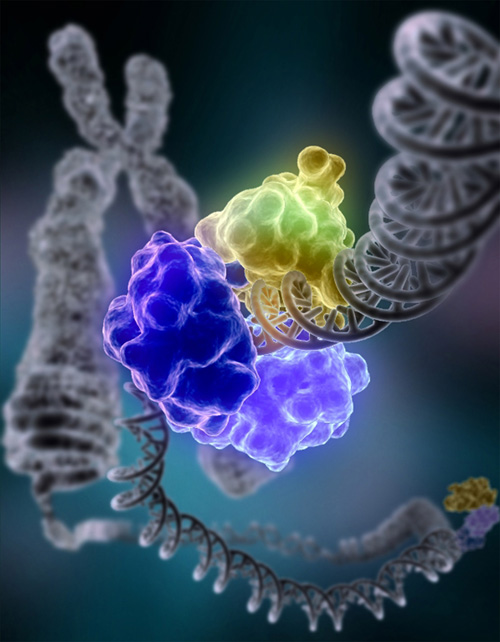
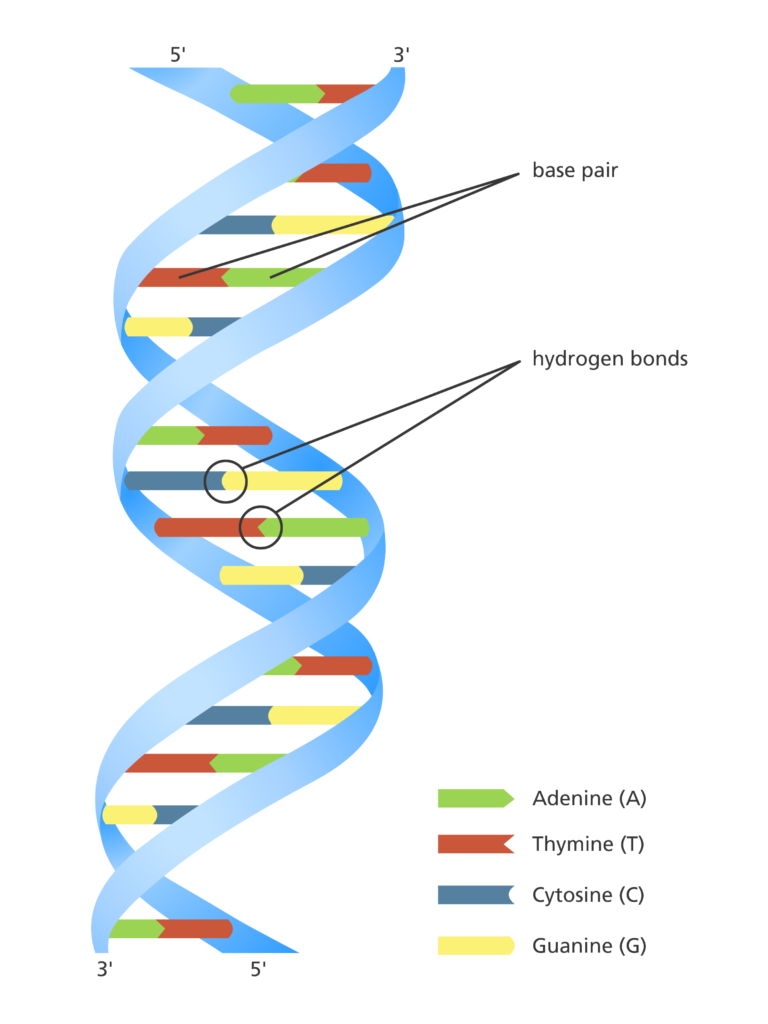

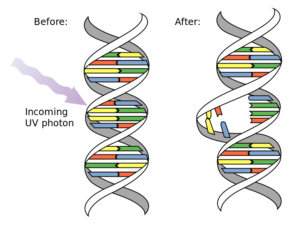
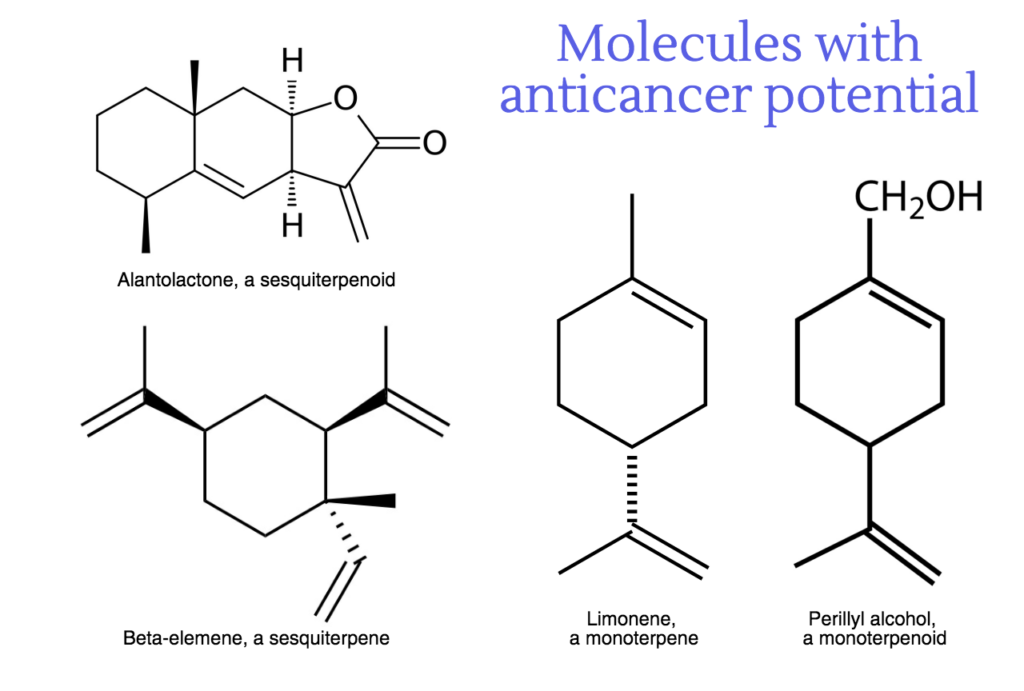
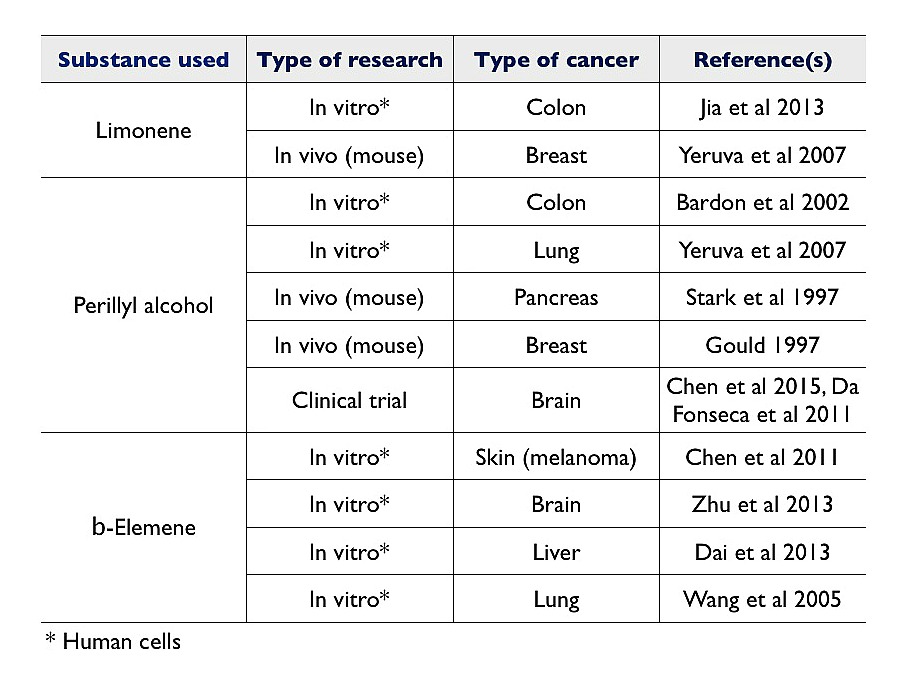
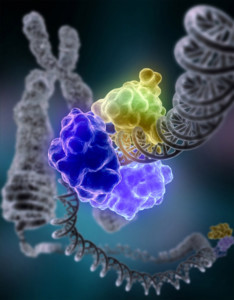

Not seeing this study: https://www.ncbi.nlm.nih.gov/pmc/articles/PMC2664784 addressed in the article. I understand that this might be an isolated study, but does this study not suggest a possible role in treating bladder cancer?
Hi there! This study is taken into account here: https://tisserandinstitute.org/frankincense-oil-and-cancer-in-perspective